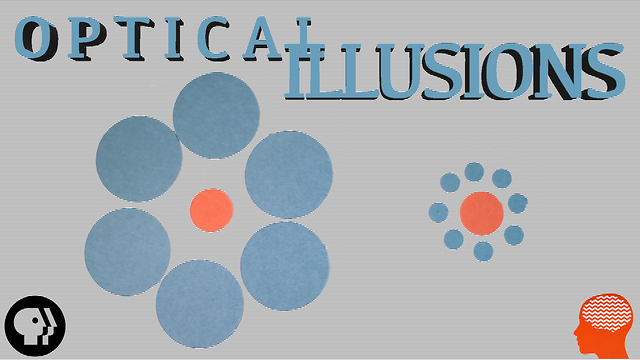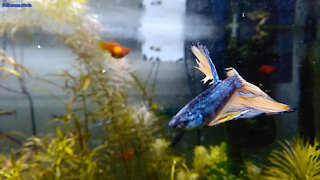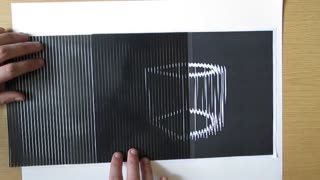Premium Only Content

The Amazing Truth Behind The Tricks Of The Optical Illusions
Can you see what I see? We all experience things subjectively, including how we perceive optical illusions. Back in the 1800’s, American psychologist Joseph Jastrow illustrated an animal. Some of them saw a duck, and some a rabbit- but not both at once. The image itself allows for both interpretations and switching between them involves some mental effort. And when you see the duck, do you see the same duck we see?
Researchers suggest the differences in our subjective experiences are tied to the different sizes of a certain area in our brain. It’s difficult to say why exactly the size of one brain area leads to people being more easily tricked by optical illusions. It could have to do with the concentration of chemical messengers inside the visual cortex. Other studies have found that the magnitude of optical illusions differs in people with autism or in people from different cultures. Things can be constructed in many different ways. When children were shown the duck-rabbit illusion on Easter Sunday (rabbit season) more children saw the rabbit, where on other Sundays they were more likely to see the duck (duck season).
Sure, what you see is what you get, but remember that things may be preserved through different lenses. Optical illusions don't “trick the eye” nor “fool the brain”, nor reveal that “our brain is not working”, but they are fascinating! They also teach us about our visual perception and its limitations.
-
 4:00
4:00
PBS_Braincraft
7 years agoS4 Ep9: What If We Were All Optimists?
18.3K -
 2:53
2:53
WKBW
4 years agoNO ILLUSIONS ANOMALIES TOUR
18 -
 3:48
3:48
PaulyVerse
4 years agoIf you hear these noises RUN!!!
45 -
 0:13
0:13
ViralHog
4 years ago $0.07 earnedCake Can Be An Optical Illusion
402 -
 1:36
1:36
Beauty Of Nature
4 years agoHow beautiful are these fish!
149 -
 0:53
0:53
KIVI
5 years agoPreview of Lumos Optical
20 -
 11:52
11:52
antts
4 years ago $0.34 earnedNobody Can Beat These Shaolin Masters And Here Is Why !
437 -
 0:10
0:10
rumblestaff
4 years agoZookeeper Gets Loving Kiss From Lion Buddy
1.65K -
 1:54
1:54
ViralHog
5 years ago $2.02 earnedAmazing Optical Illusion Compilation
4.22K5 -
 1:14
1:14
CynthiaLapsker
5 years agoYou can help but love these puppies
331